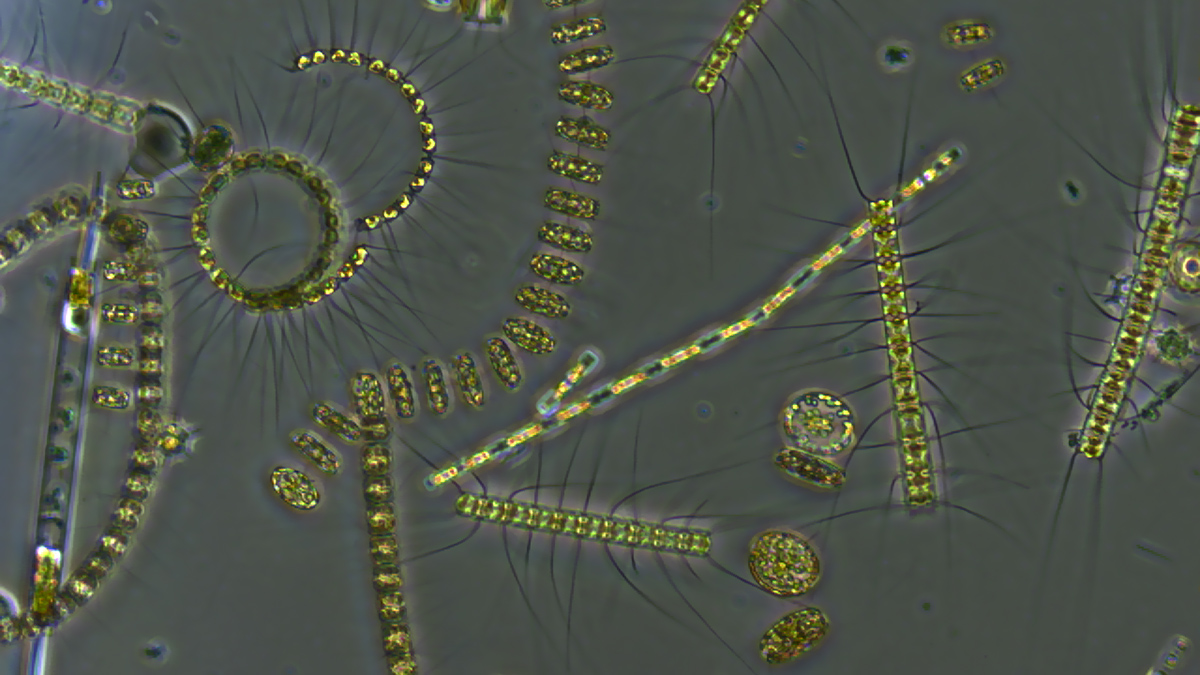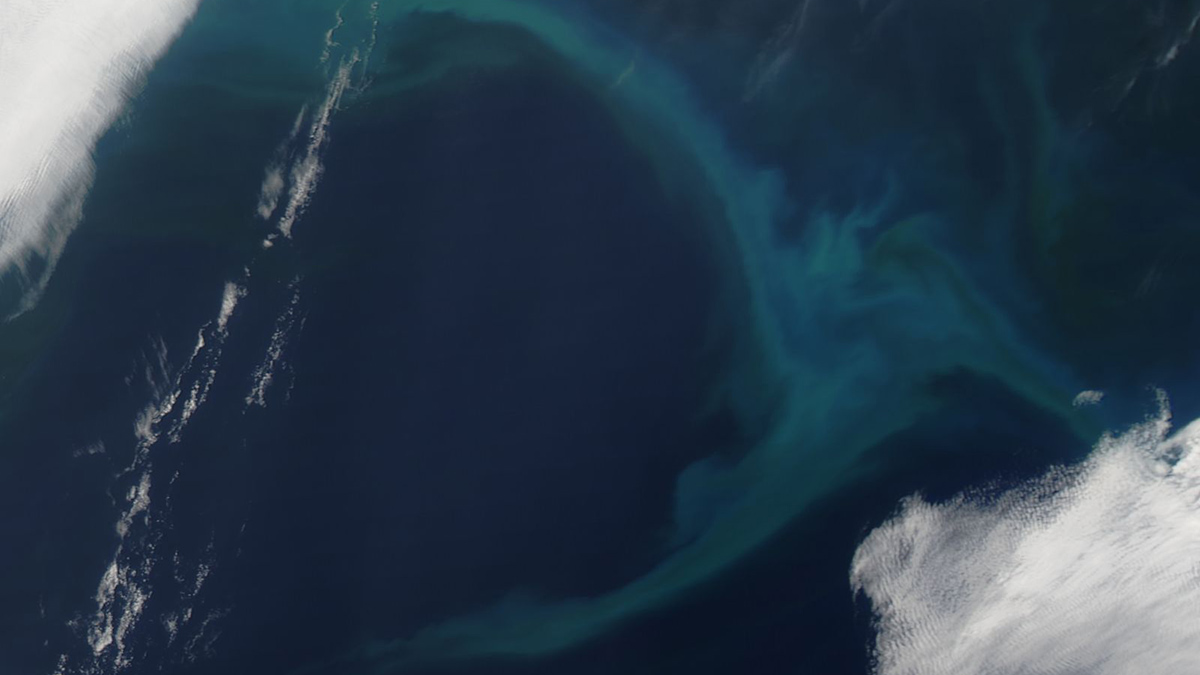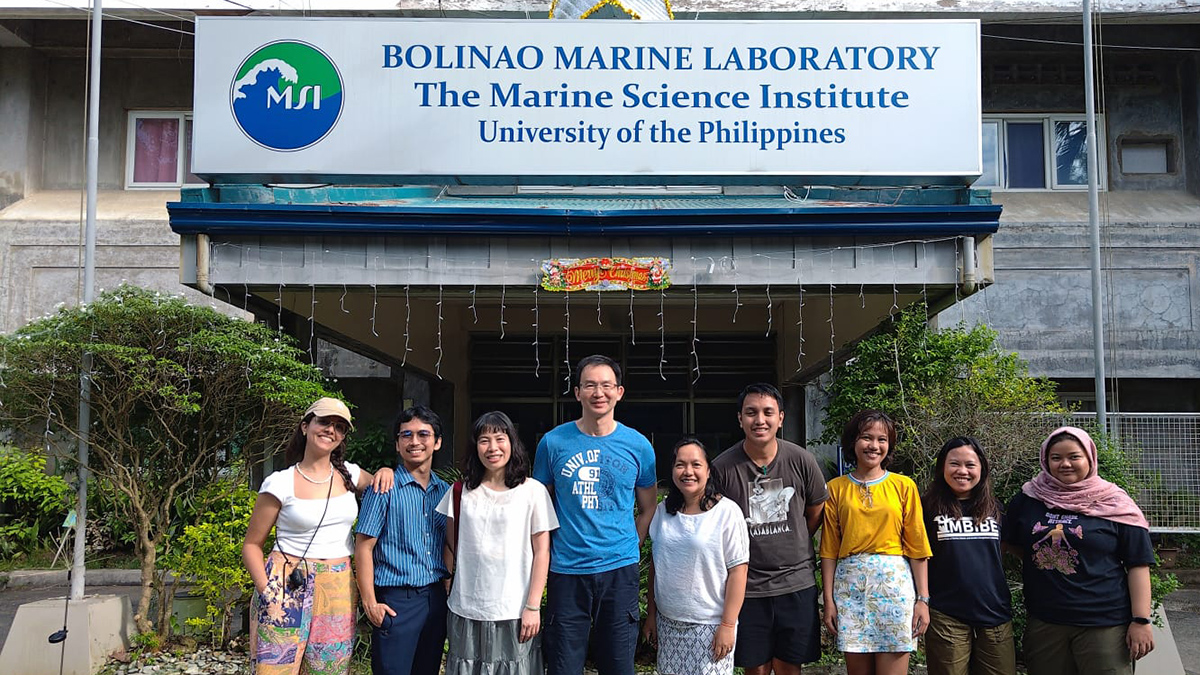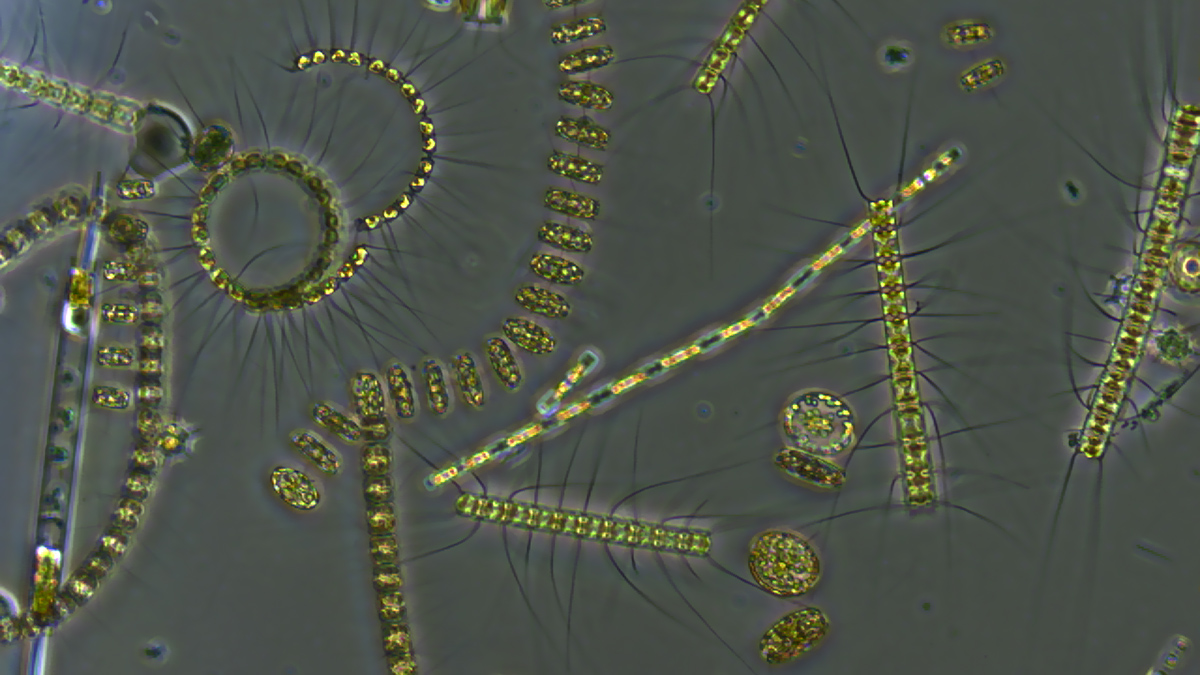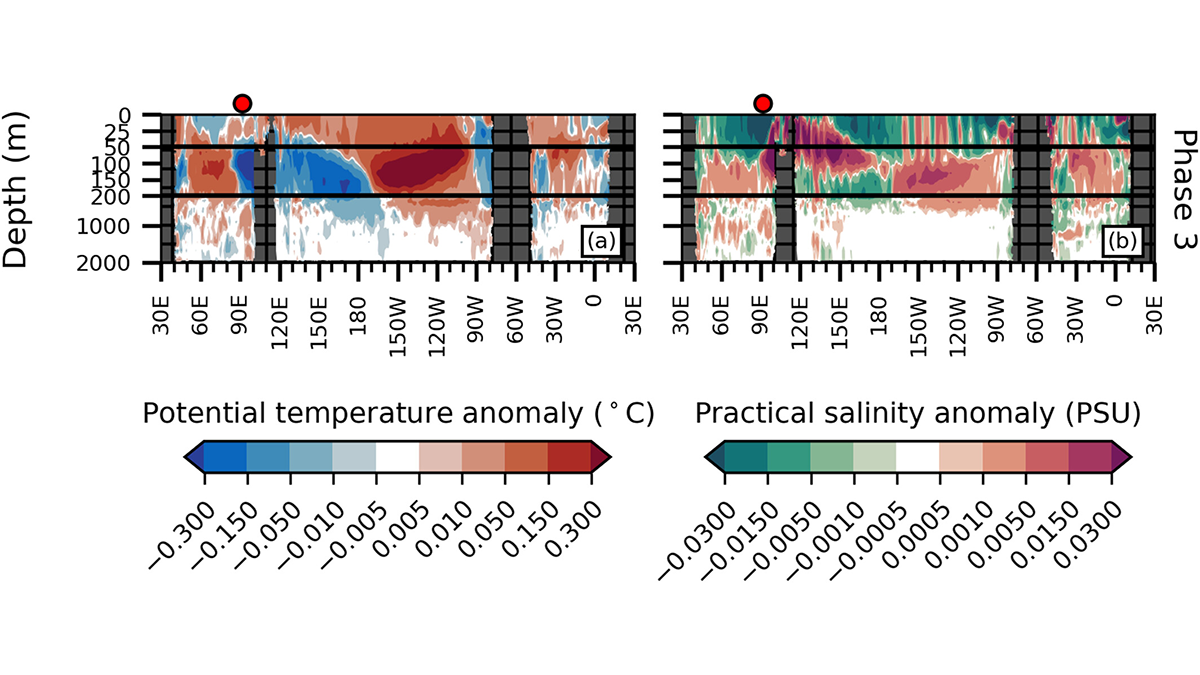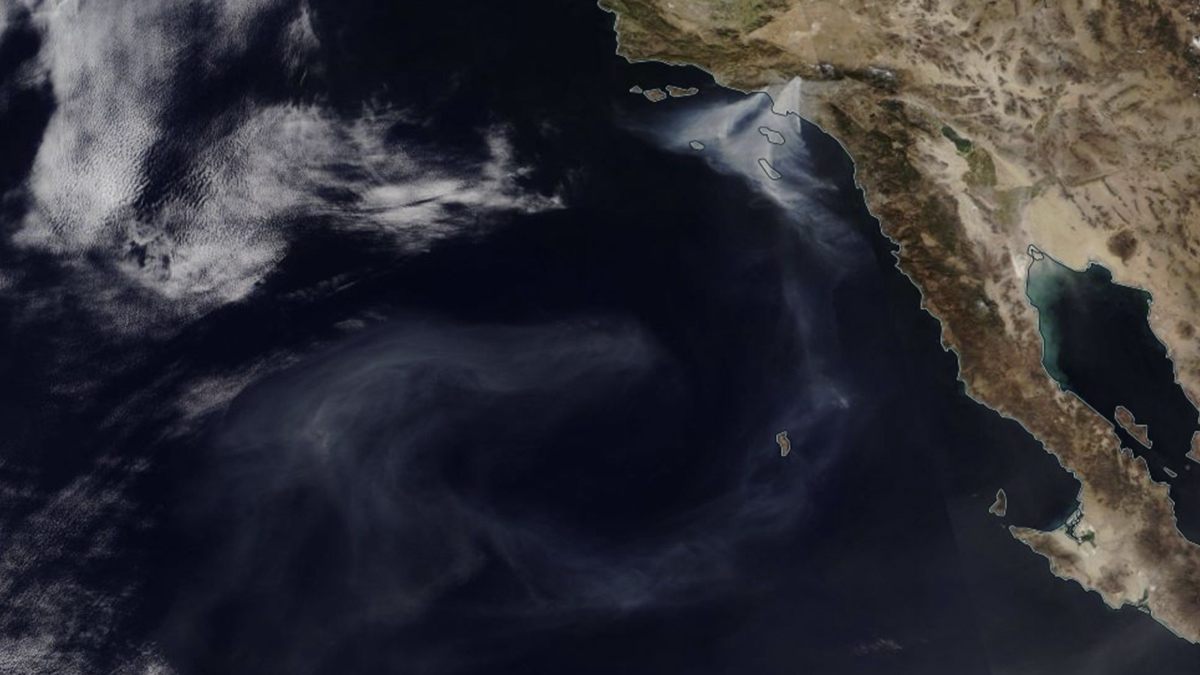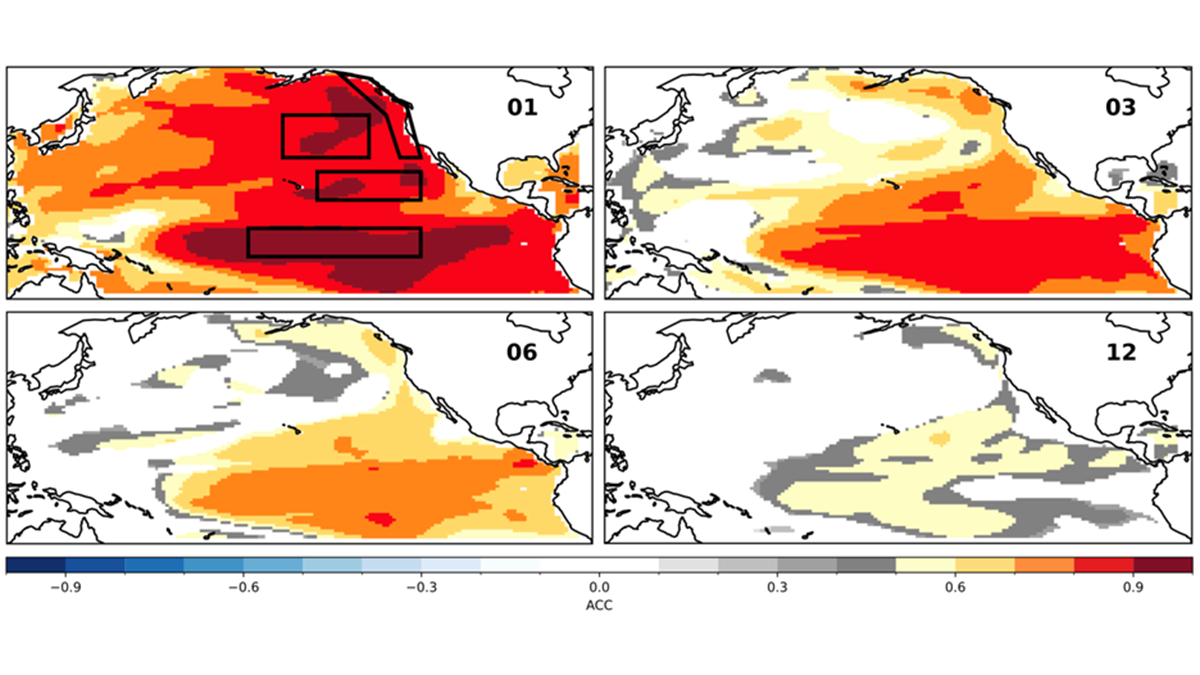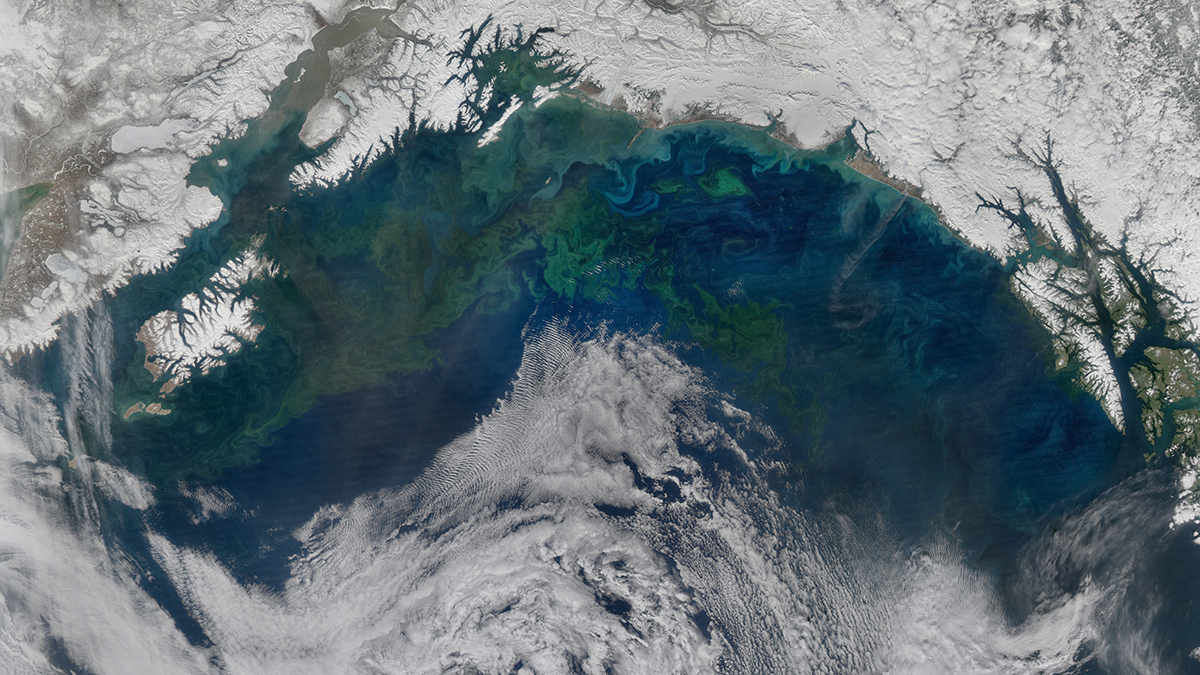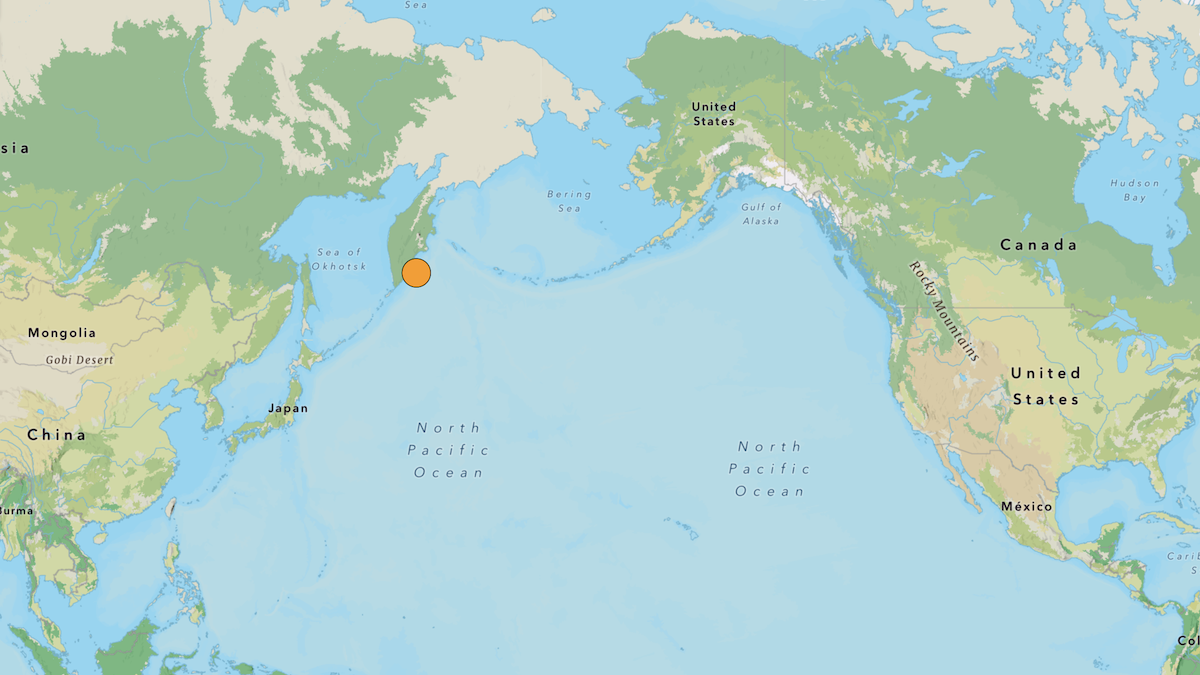Cuando el plancton se encuentra en agua caliente, la materia orgánica se estanca en la superficie e interrumpe el transporte de carbono hacia el fondo océanico.
Pacific Ocean
Wintertime Spike in Oceanic Iron Levels Detected near Hawaii
Seasonal rainfall and runoff of sediments from the Hawaiian Islands could be responsible for the previously undetected peak.
A Cryobank Network Grows in the Coral Triangle
As the ocean becomes increasingly inhospitable for corals, researchers in the Coral Triangle are turning to cryopreservation to freeze, thaw, and save the region’s hundreds of coral species.
Ocean Tunneling May Have Set Off an Ancient Pacific Cooldown
The ocean’s depths cooled off about 1.5 million years ago, and scientists think watery tunnels from the south may be to blame.
Marine Heat Waves Slow the Ocean’s Carbon Flow
When plankton find themselves in hot water, organic matters stalls at the surface and disrupts transport of carbon to the deep ocean.
Equatorial Deep Ocean Response to the Madden-Julian Oscillation
The changes in Madden-Julian Oscillation wind can trigger a response in the deep equatorial Pacific and Indian Ocean.
Scrambling to Study Smoke on the Water
Timely action shows the impact of urban fires on freshwater and marine ecosystems.
Decadal Forecasts with a SMYLE
Scientists use a large suite of simulations with an established climate model to predict the Pacific Decadal Oscillation up to one year in advance, but El Niño can still get in the way.
Iron Emissions Are Shifting a North Pacific Plankton Bloom
Some of the iron emitted by industrial activity in East Asia is carried by winds into the North Pacific, where it nourishes iron-hungry phytoplankton.
Magnitude-8.8 Earthquake Strikes Western Pacific
One of the strongest earthquakes ever recorded struck off the eastern coast of Russia’s Kamchatka Peninsula Wednesday morning local time. Initially pegged at a magnitude-8.0, the quake was eventually upgraded to a magnitude-8.8. Adjusted magnitude estimates are not unusual for large earthquakes as more data become available.

